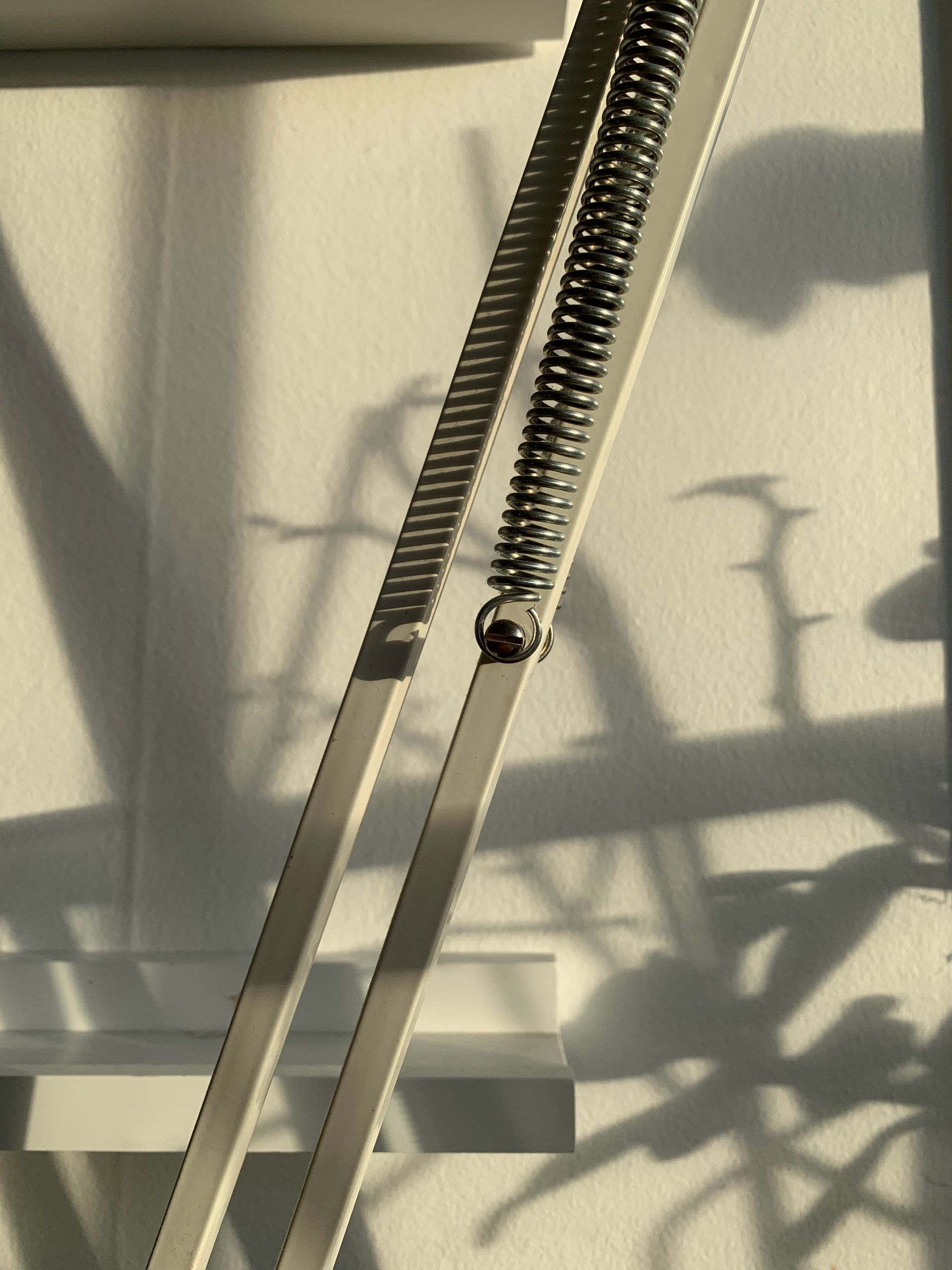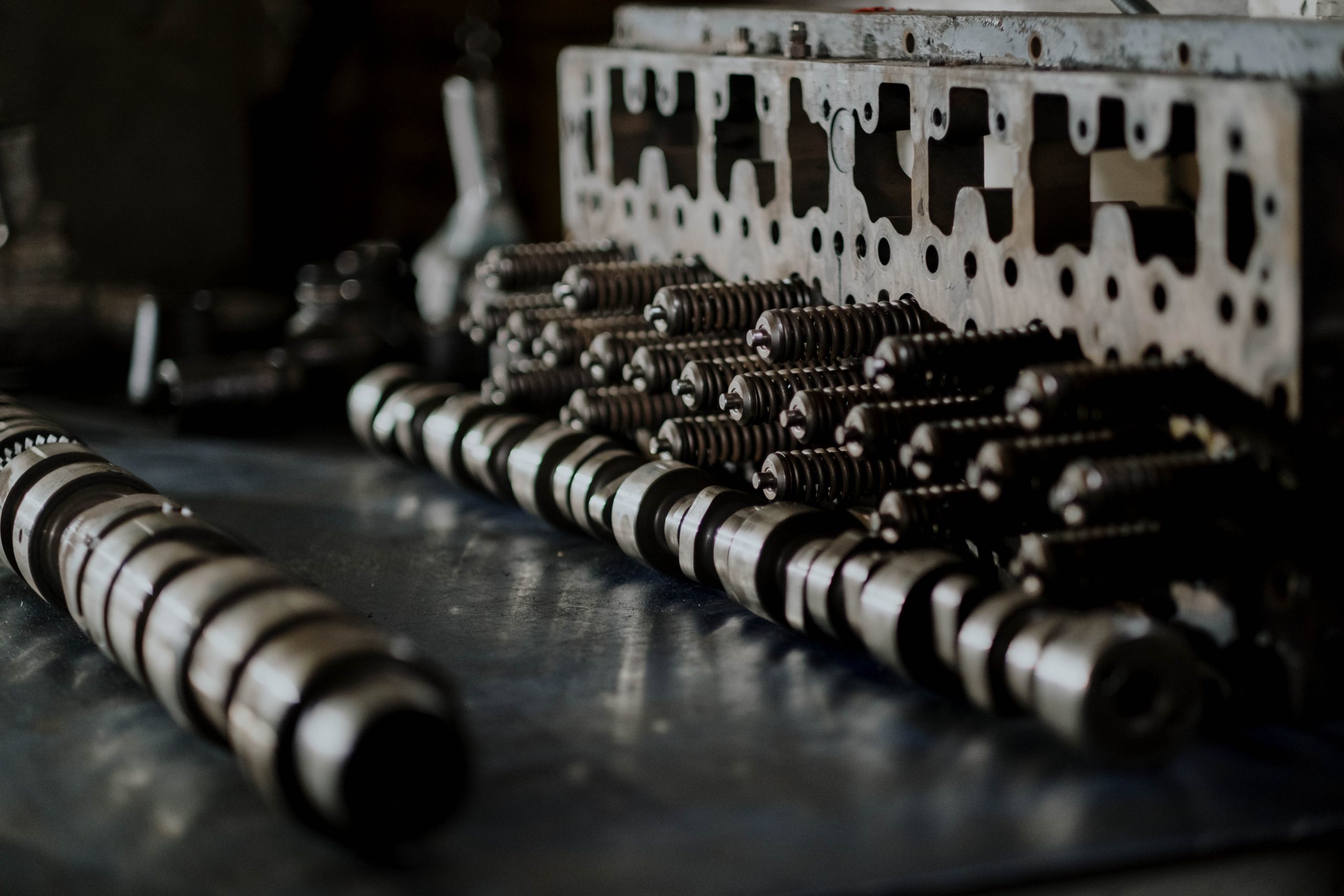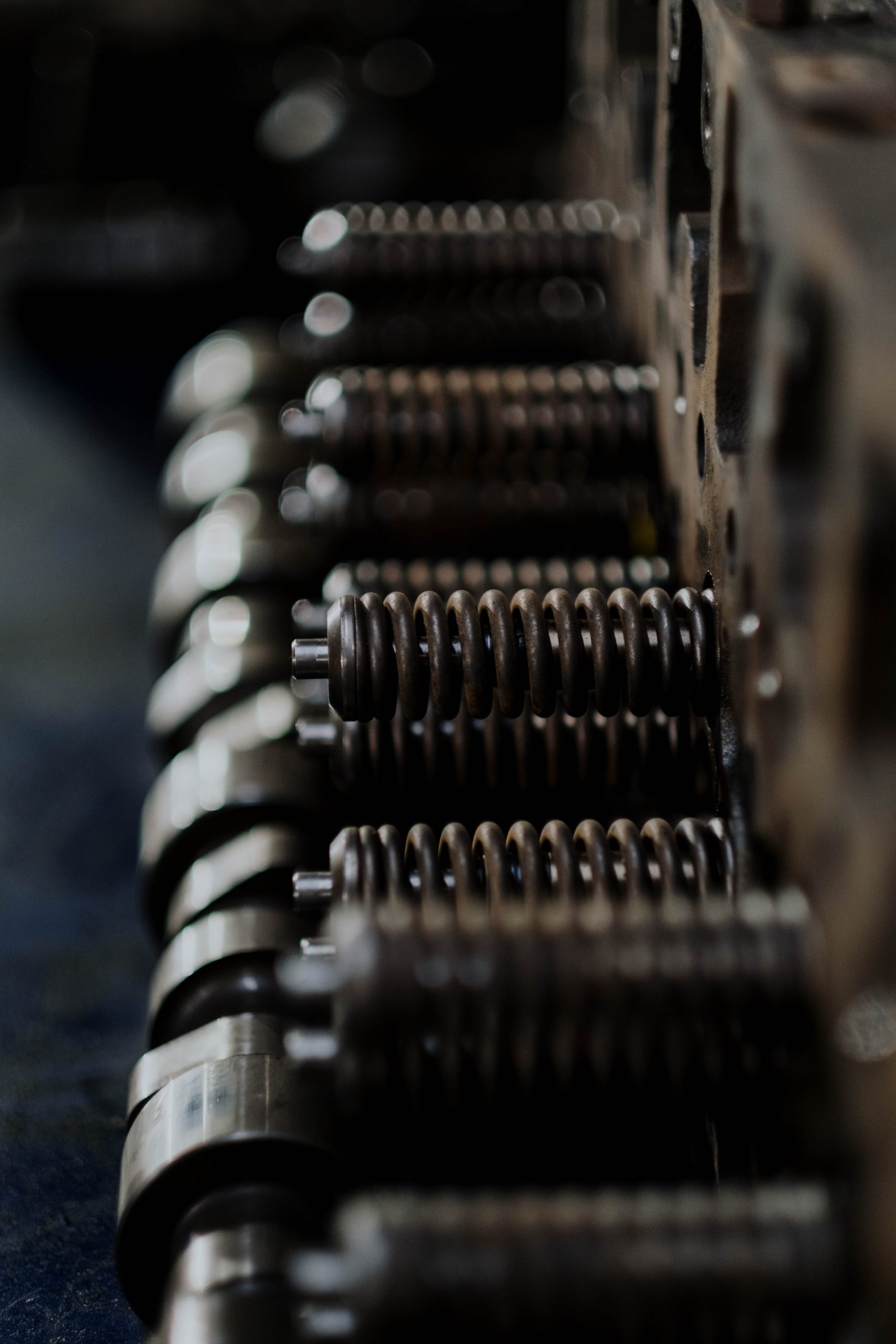
A Step-By-Step Guide To Understanding The Four Types of Spring Systems
There are four types of spring systems: compression, extension, torsion, and coil.
Each type has unique properties that make it ideal for certain applications.

This blog post will provide a step-by-step guide on how to understand the four types of springs and their uses. Read on for more information.
Compression springs
The first type of spring is the compression spring. These springs are designed to compress or push down on an object. They typically have a cylindrical shape and are made from steel, stainless steel, or brass. Compression springs can be found in a variety of applications, such as car suspensions, door locks, and trampolines. If you want to ensure that your vehicle is engineered for a great ride, then you need to understand how compression springs work. From there, you will be able to familiarize yourself with the different types of compression springs and find the right one for your car.
The main advantage of compression springs is that they are highly durable. They can also be designed to store a large amount of energy, making them ideal for use in car suspensions. However, one downside of compression springs is that they can be noisy when used in applications such as door locks or screen doors for French doors. For this reason, it is important to consult with a spring manufacturer to find the right type of compression spring for your needs.
Extension springs
The second type of spring is the extension spring. These springs are designed to extend or pull on an object. They often have a U-shape and are made from steel, stainless steel, or brass. Extension springs can be found in a variety of applications, such as garage doors, screen doors, and trampolines. They can also be used in industrial settings for tensioning and counterbalancing. If you need a spring that can provide tension and support, then an extension spring is a good option.

A great benefit of opting for extension springs is that they can be easily adjusted. This means that you can fine-tune the tension to suit your needs. However, keep in mind that extension springs can be dangerous if they are not used properly. Make sure to read the instructions carefully before using them. Else, you run the risk of the spring snapping and causing serious injury.
Torsion springs
The third type of spring is the torsion spring. These springs are designed to twist or torque on an object. More often than not, they have a helical shape and are made from steel. For this reason, they are frequently used in automotive applications, such as car doors and hoods. Torsion springs can also be found in a variety of other settings, such as roller coasters and garage doors. If you need a spring that can provide torque and support, then a torsion spring is the way to go.
Perhaps the biggest advantage of using torsion springs is that they can be easily adjusted to accommodate a variety of loads. This makes them ideal for use in applications where the load is constantly changing. Nevertheless, torsion springs are not without their drawbacks. One of the biggest disadvantages is that they tend to be noisy. Hence, if you are looking for a spring that can be used in a quiet environment, then torsion springs are not the best option.
Coil springs
The fourth and final type of spring is the coil spring. These springs are designed to absorb shock or compress under heavy loads. They typically have a cylindrical shape and are made from steel. Coil springs are often used in car suspensions, mattresses, and trampolines. This can be attributed to the fact that they can provide a comfortable ride by absorbing the impact of bumps and jolts. If you need a spring that can provide comfort and support, then a coil spring is the best option.
One of the main benefits of using coil springs is that they are less likely to break than other types of springs. As a result, they are an ideal choice for applications where reliability and safety are paramount. However, it is important to note that coil springs come in a variety of sizes and shapes. This means that you will need to select the right one for your application. The best way to do this is to consult with a spring manufacturer or engineer.

Now that you know about the four types of springs, it’s time to put your knowledge to the test. See if you can identify which type of spring is which. Then, try to find examples of each type of spring in your everyday life. By understanding the different types of springs, you’ll be able to appreciate the engineering that goes into the products and devices that you use every day. Rest assured that with a little bit of knowledge, you’ll be able to understand the world around you a little bit better.









Benjamin
Thanks for your post and information. my company also wanted to create some new solutions for cars. We even collaborated with some companies listed on https://engre.co/services/management-and-consulting/automotive/automotive-consulting/ and made small prototypes